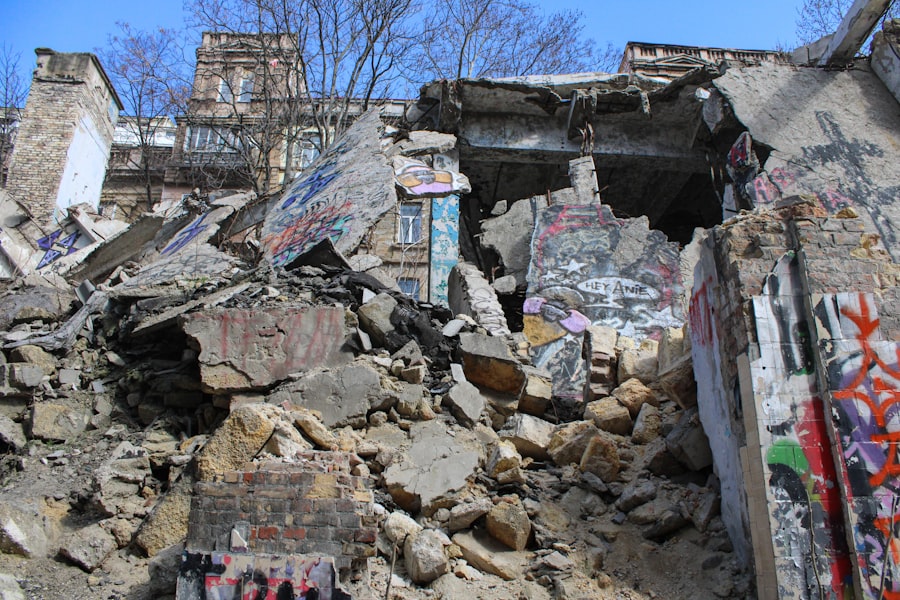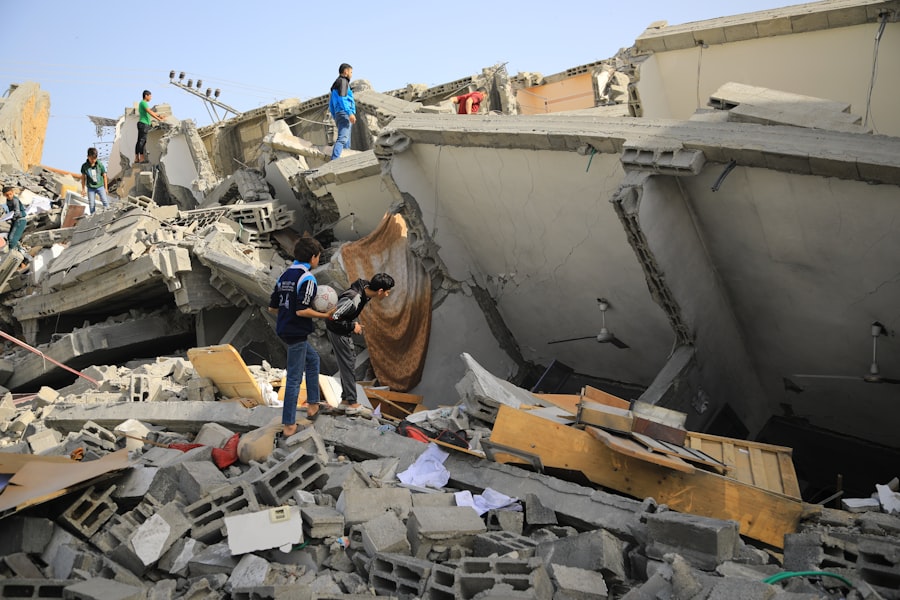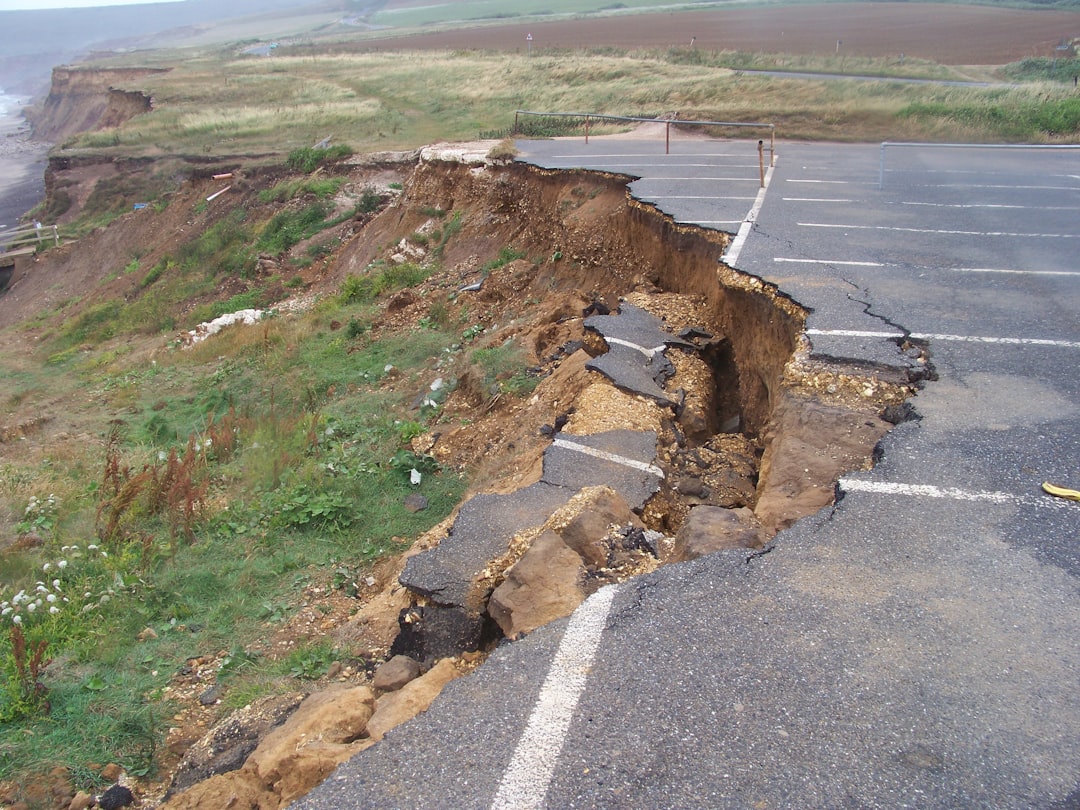The Drake Passage, a body of water located between the southern tip of South America and Antarctica, is renowned for its tumultuous seas and unpredictable weather patterns. Spanning approximately 600 kilometers, this passage serves as a critical maritime route for vessels traveling to and from the Antarctic region. The waters are characterized by their strong currents and high winds, which can create challenging conditions for even the most seasoned sailors.
The convergence of the Atlantic and Pacific Oceans in this area contributes to its notorious reputation, making it a focal point for oceanographic studies and maritime navigation. The significance of the Drake Passage extends beyond its geographical features; it is also a vital ecological zone. The waters are rich in marine life, serving as a feeding ground for various species, including whales, seals, and seabirds.
The unique conditions of the passage foster a diverse ecosystem that is crucial for scientific research and environmental conservation. Understanding the dynamics of the Drake Passage is essential not only for navigational purposes but also for appreciating its role in global marine biodiversity.
Key Takeaways
- The Drake Passage is a treacherous body of water known for its unpredictable weather and rough seas.
- Earthquakes are a potential risk in the Drake Passage, with the potential to impact vessels and passengers.
- Proper preparation is essential for a journey through the Drake Passage, including safety protocols and emergency procedures.
- A 7.5 magnitude earthquake can have a significant impact on the stability and control of a vessel in the Drake Passage.
- Communication with the crew and passengers, maintaining stability, and providing support are crucial during and after an earthquake in the Drake Passage.
The Risk of Earthquakes in the Drake Passage
The geological activity in the region surrounding the Drake Passage poses a significant risk of earthquakes. Situated along the boundary of the South American and Scotia tectonic plates, this area is seismically active. The movement of these plates can lead to sudden shifts in the earth’s crust, resulting in tremors that can be felt across vast distances.
While earthquakes in this region are not uncommon, their potential impact on maritime operations raises concerns for those traversing these waters. The risk of earthquakes in the Drake Passage is compounded by the unpredictable nature of the sea itself. The combination of seismic activity and harsh weather conditions can create a perilous environment for vessels.
Mariners must remain vigilant and prepared for sudden changes that could arise from both geological and meteorological factors. Understanding the seismic landscape of the Drake Passage is crucial for ensuring the safety of those who navigate its waters.
Preparing for a Journey Through the Drake Passage

Preparation for a journey through the Drake Passage requires meticulous planning and consideration of various factors. Mariners must account for the unpredictable weather patterns that characterize this region, which can shift from calm to stormy within moments. Comprehensive weather forecasts and real-time updates are essential tools for ensuring safe passage.
Additionally, vessels must be equipped with appropriate safety gear and navigational equipment to handle potential emergencies. Beyond technical preparations, crew training plays a vital role in ensuring readiness for any challenges that may arise during the journey. Crew members should be well-versed in emergency protocols, including evacuation procedures and communication strategies.
Regular drills can help reinforce these skills, ensuring that everyone on board knows their responsibilities in case of an emergency. By prioritizing thorough preparation, crews can enhance their resilience against the unpredictable nature of the Drake Passage.
A 7.5 magnitude earthquake in the Drake Passage would have profound implications for both maritime operations and the surrounding environment. Such a significant seismic event could generate powerful waves and tsunamis, posing immediate threats to vessels navigating the area. The sudden onset of these natural phenomena could lead to capsizing or severe damage to ships caught in their path, highlighting the importance of preparedness and rapid response.
The underwater topography may shift dramatically, affecting habitats and migration patterns of marine life. Researchers would need to assess the long-term ecological consequences of such an event, as changes in the seafloor could alter food chains and impact biodiversity in the region.
Understanding these potential impacts is crucial for developing strategies to mitigate harm to both human activities and natural ecosystems.
Safety Protocols and Emergency Procedures
| Emergency Procedure | Frequency of Drills | Evacuation Routes | Emergency Contacts |
|---|---|---|---|
| Fire | Quarterly | Marked and communicated | Fire department, building manager |
| Earthquake | Bi-annually | Designated safe zones | Emergency services, building manager |
| Medical Emergency | As needed | First aid stations | Emergency services, on-site medical staff |
Establishing robust safety protocols and emergency procedures is paramount for any vessel operating in the Drake Passage. These protocols should encompass a wide range of scenarios, from minor incidents to major disasters like earthquakes. Crew members must be trained to respond swiftly and effectively to emergencies, ensuring that passengers are kept informed and safe throughout any crisis.
Regular drills are essential for reinforcing safety protocols among crew members. These exercises should simulate various emergency situations, allowing crew members to practice their responses in a controlled environment. By fostering a culture of preparedness, crews can enhance their confidence and competence when faced with real-life emergencies.
Additionally, clear communication channels must be established to ensure that all personnel are aware of their roles during an emergency.
Communicating with the Crew and Passengers
Effective communication is critical during any journey through the Drake Passage, particularly in times of crisis. Crew members must maintain open lines of communication with one another as well as with passengers on board. This includes providing timely updates about weather conditions, potential hazards, and emergency procedures.
Clear communication helps to alleviate anxiety among passengers and fosters a sense of security during uncertain situations. Utilizing technology can enhance communication efforts on board vessels traversing the Drake Passage. Modern ships are equipped with advanced communication systems that allow for real-time updates and alerts.
Crew members should be trained to use these systems effectively, ensuring that information is disseminated promptly and accurately. By prioritizing communication, crews can create an environment where passengers feel informed and empowered to respond appropriately during emergencies.
Maintaining Stability and Control of the Vessel

Maintaining stability and control of a vessel in the challenging waters of the Drake Passage is essential for ensuring safety during navigation. The unpredictable nature of the sea requires skilled seamanship and an understanding of how to respond to changing conditions. Crew members must be adept at adjusting sails, managing ballast, and utilizing navigational aids to maintain control over their vessel.
In addition to technical skills, situational awareness is crucial for effective vessel management. Crew members should continuously monitor weather patterns, sea conditions, and potential hazards while navigating through the passage. This proactive approach allows them to anticipate challenges and make informed decisions that prioritize safety.
By fostering a culture of vigilance and adaptability, crews can enhance their ability to maintain stability even in turbulent waters.
Providing Support and Assistance to Those in Need
In the event of an emergency during a journey through the Drake Passage, providing support and assistance to those in need becomes paramount. Crew members must be prepared to offer aid to injured passengers or fellow crew members while ensuring that safety protocols are followed. This may involve administering first aid, coordinating evacuations, or providing emotional support during stressful situations.
Establishing a clear chain of command is essential for effective crisis management on board vessels operating in the Drake Passage. Designated crew members should take charge during emergencies, ensuring that assistance is provided efficiently and effectively. By fostering a culture of teamwork and compassion, crews can create an environment where everyone feels supported during challenging times.
Assessing Damage and Ensuring Structural Integrity
After experiencing an earthquake or other significant event while navigating through the Drake Passage, assessing damage becomes a critical priority. Crew members must conduct thorough inspections of the vessel’s structure to identify any potential weaknesses or areas requiring repair. This assessment is essential for ensuring that the ship remains seaworthy and capable of continuing its journey safely.
In addition to structural assessments, crews should also evaluate onboard systems such as navigation equipment, communication devices, and safety gear. Ensuring that all systems are functioning properly is vital for maintaining operational integrity after an emergency event. By prioritizing damage assessment and repair efforts, crews can enhance their resilience against future challenges while ensuring passenger safety.
Navigating Forward: Continuing the Journey After the Earthquake
Once immediate concerns have been addressed following an earthquake or other significant event in the Drake Passage, crews must focus on navigating forward with confidence.
Crew members should remain vigilant as they continue their journey, ready to adapt to changing circumstances as needed.
Communication with passengers remains crucial during this phase as well. Keeping everyone informed about ongoing assessments and adjustments helps foster trust and reassurance among those on board. By demonstrating competence and preparedness, crews can instill confidence in passengers as they navigate through potentially challenging waters.
Learning from the Experience: Lessons for Future Expeditions
Every journey through the Drake Passage offers valuable lessons that can inform future expeditions. Analyzing experiences related to emergencies such as earthquakes allows crews to identify areas for improvement in safety protocols, communication strategies, and vessel management practices. By reflecting on these experiences, maritime professionals can enhance their preparedness for future challenges.
Furthermore, sharing insights gained from navigating through the Drake Passage contributes to broader knowledge within the maritime community. Collaborating with researchers, environmentalists, and other stakeholders can lead to advancements in understanding seismic activity in this region as well as its implications for marine ecosystems. By embracing a culture of continuous learning, crews can ensure that they are better equipped to face whatever challenges lie ahead on their journeys through this remarkable yet unpredictable passage.
In a recent event that shook the Drake Passage, a 7.5 magnitude earthquake was reported, causing significant concern among seismologists and travelers alike. This seismic activity highlights the dynamic nature of tectonic movements in this region, which is known for its challenging maritime conditions. For those interested in understanding more about the geological aspects and the impact of such natural events, a related article on MyGeoQuest provides an in-depth analysis of the seismic activities in the Drake Passage and their implications on both the environment and human activities. This resource offers valuable insights into the science behind earthquakes and the measures taken to monitor and mitigate their effects.
WATCH NOW! Drake Passage: Earth’s Deadliest Waters Revealed
FAQs
What is the Drake Passage?
The Drake Passage is the body of water between the southern tip of South America and the northern tip of the Antarctic Peninsula. It is known for its rough seas and challenging sailing conditions.
What is a 7.5 magnitude earthquake?
A 7.5 magnitude earthquake is a powerful seismic event that can cause significant damage and destruction. It is considered a major earthquake and can be felt over a large area.
How common are earthquakes in the Drake Passage?
Earthquakes are relatively common in the Drake Passage due to its location along the boundary of the South American and Antarctic tectonic plates. However, large earthquakes of 7.5 magnitude are less common.
What are the potential dangers of experiencing a 7.5 magnitude earthquake in the Drake Passage?
Experiencing a 7.5 magnitude earthquake in the Drake Passage can pose significant dangers to ships and vessels in the area. The shaking can cause structural damage and the rough seas can exacerbate the situation.
What safety measures should be taken in the event of a 7.5 magnitude earthquake in the Drake Passage?
In the event of a 7.5 magnitude earthquake in the Drake Passage, ships and vessels should follow established safety protocols, such as securing loose items, preparing for potential tsunamis, and communicating with authorities for assistance.
